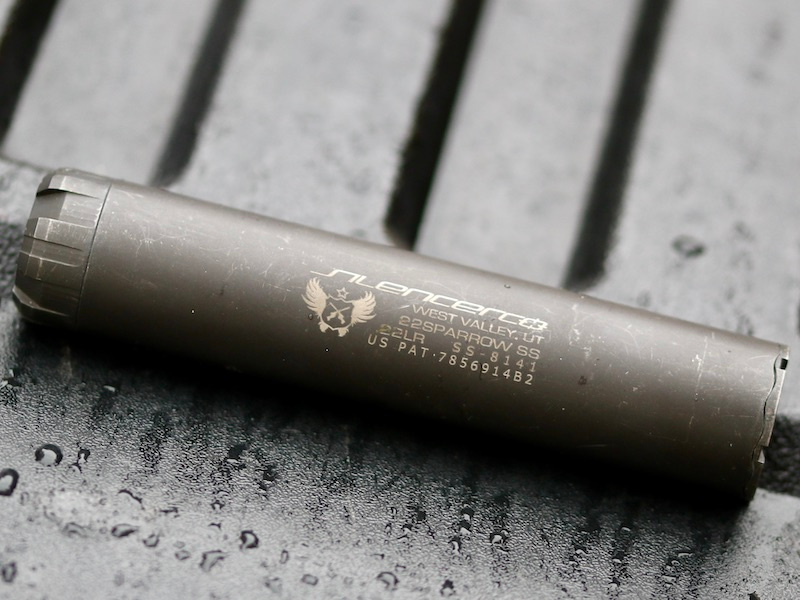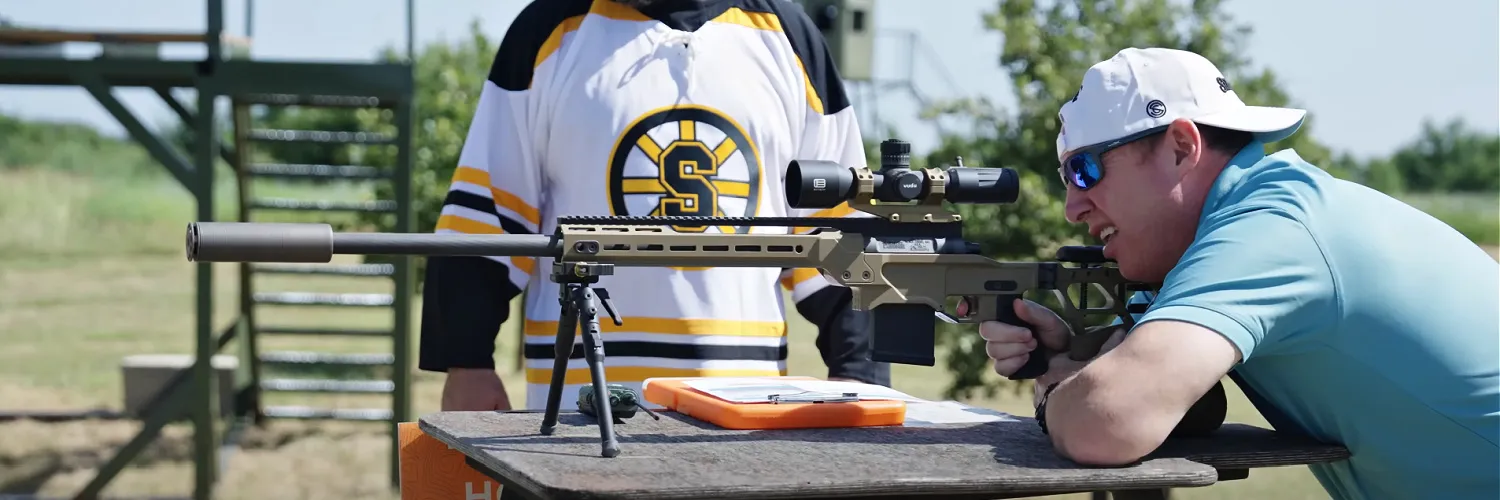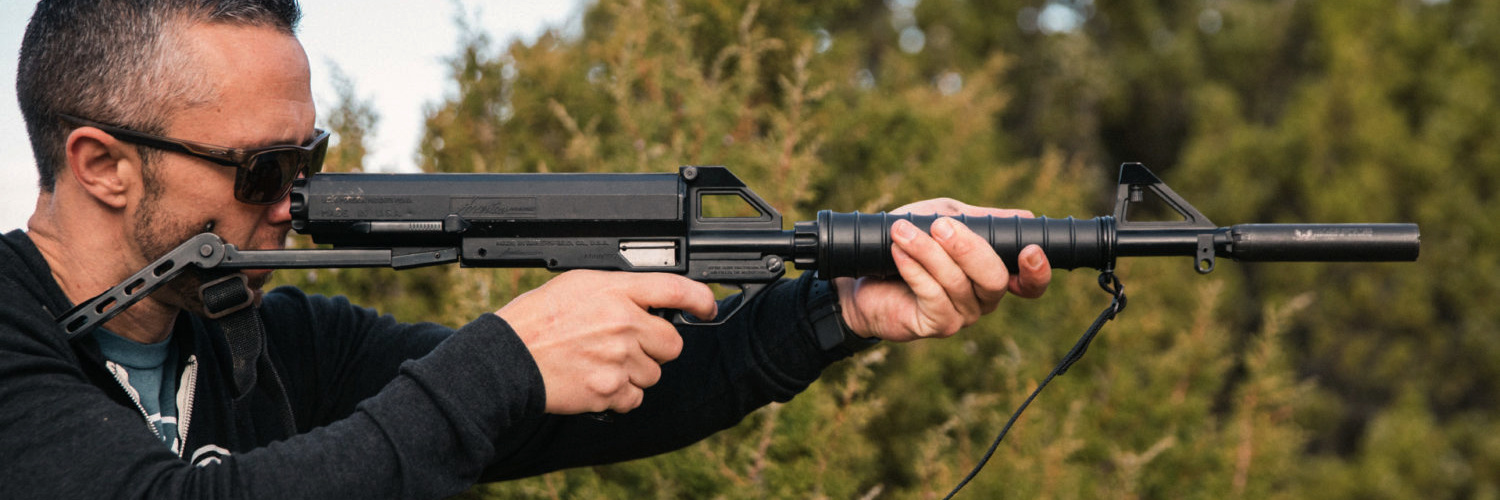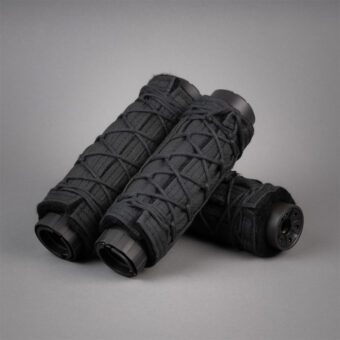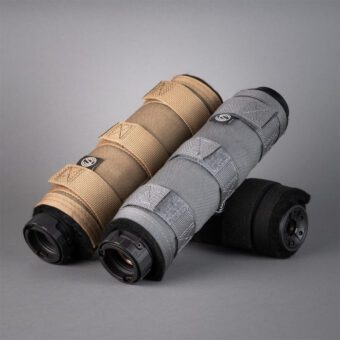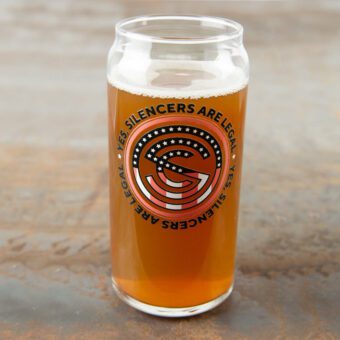Home / All About Silencers / The SilencerCo Sparrow After 10 Years of Regular Use
The SilencerCo Sparrow After 10 Years of Regular Use
The SilencerCo Sparrow After 10 Years of Regular Use
Home / All About Silencers / The SilencerCo Sparrow After 10 Years of Regular Use
I picked up a SilencerCo Sparrow a decade ago. At the time, I wasn’t sure exactly what I’d want to do with a rimfire can, but it was an editorial assignment, so…. It seemed like a useful, and somewhat novel, addition to my collection. While I owned several rimfires, I didn’t have a rimfire silencer—or any silencers—back then.
In 2012, I had a range at my house, which was way out in the backwoods of Virginia, but I had neighbors who weren’t so keen on the noise. If you’d asked me what I’d planned on doing with my Sparrow when I was filling out my ATF Form 4, I’d have waxed poetic about doing some quiet target shooting.
And I did. I had no idea how addictive it would be, how it would change my view on noise, and how many people this humble can would convert to shooting sports.
The SilencerCo Sparrow as an Educational Tool
Anytime a friend or family member (including both my son and my wife) asked questions about shooting, what I do for a living, guns, or hunting, I’d take them out to the range with a Ruger 10/22, the Sparrow, and a couple of boxes of sub-sonic ammo. We’d shoot steel and talk about the fundamentals.
These range trips were relaxed and—across the board—positive experiences. Like many kids, my son hated loud noises. He liked to shoot, but we had a hard time fitting him with hearing protection or judging how well it worked. My wife had no experience shooting. Every attempt I’d made to teach her helped solidify a already deeply rooted fear of recoil and noise. But the Sparrow 22 changed that.
When I began volunteering with youth organizations and teaching shooting skills on a more formal curriculum, the Sparrow was a critical part of my success. With subsonic .22 LR, the shooting is hearing safe. You can talk to kids without the hassle of foamies or ill-fitting passive muffs.
The Sparrow allows for active communication. That’s key. But it is a really good tool to talk about suppressors, too. It won’t make a gun Hollywood-silent. And the Sparrow comes apart into six pieces so you can really illustrate how the magic happens. Almost everyone eventually asks some version of “why don’t all guns have silencers?”
I don’t have a good answer. There’s a lot of education that we still need to facilitate. Films, television, cartoons… they’re not doing shooting sports any favors.
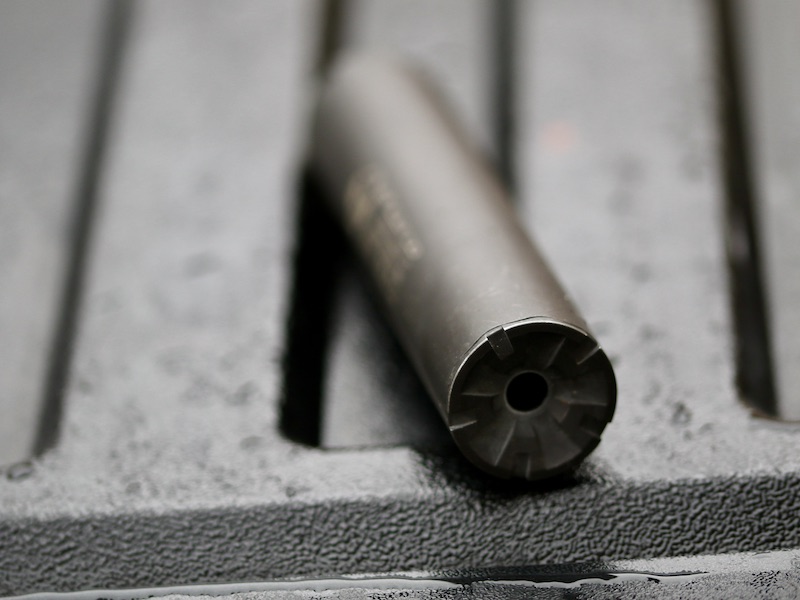
The Sparrow a decade later
Over the last decade, I’ve grown progressively impressed with the Sparrow’s versatility. While I don’t do much serious hunting with rimfire rounds, I do hunt whitetail in the south. I’m almost always hunting dense stands of hardwoods. Where I’m hunting now in Arkansas, I’ve got a problem with squirrels. These little bastards will alert to me in a tree and kick up a ruckus. I used to carry a pellet gun with me, but the clack of the compressed air was loud.
I’ve been experimenting with finding the perfectly muted load—.22 shorts, LR subs, .22 CBs—they each have their benefits. On the Browning Buckmark that I take with me into the stand or tree, I can silence a barking squirrel. Even if I’m just running one off, the noise produced doesn’t shatter the stillness of a quiet morning.
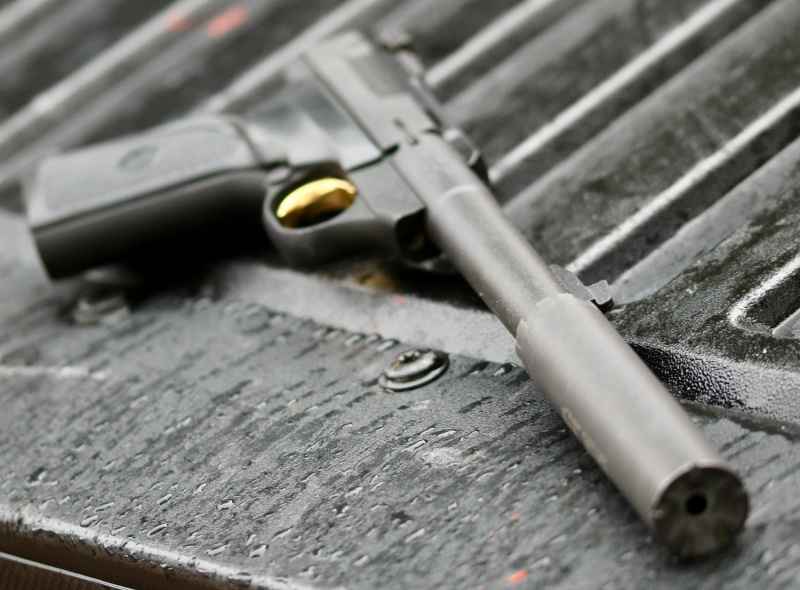
If I had to ballpark a round count on this Sparrow, I’d guess it was over 50,000. I do three or more youth clinics each year, and we run through 2,000 rounds or more at each. I’ve used the Sparrow on numerous reviews—lots of Henry rifles, Ruger pistols, Walthers, Taurus rimfires, Brownings, Savages… While the round count on those varies, they’re not insubstantial.
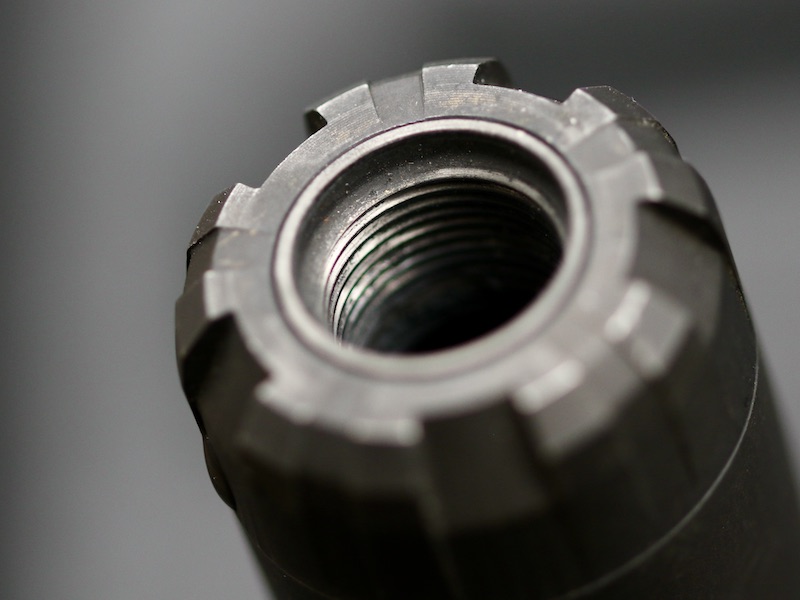
Some cans have a baffle stack inside of a tube, without the two-piece liner that defines the Sparrow’s construction. The risk there is that the fouling may lock in the baffles—the buildup can cement them down and you need a tool to break the hold and push out the baffles. No matter how ugly this one has gotten, I’ve yet to need a tool to take it down or put it back together. From the threads on the endcap to the friction of the liner in the tube, it moves easily.
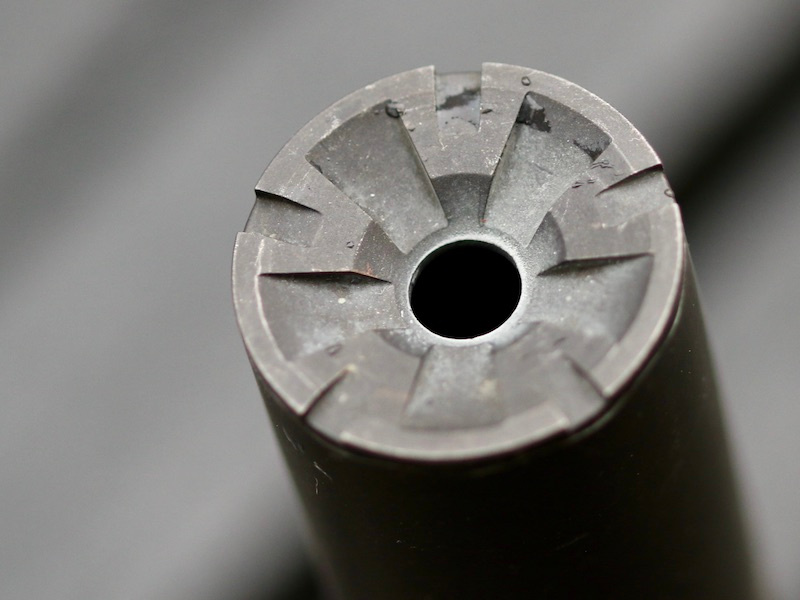
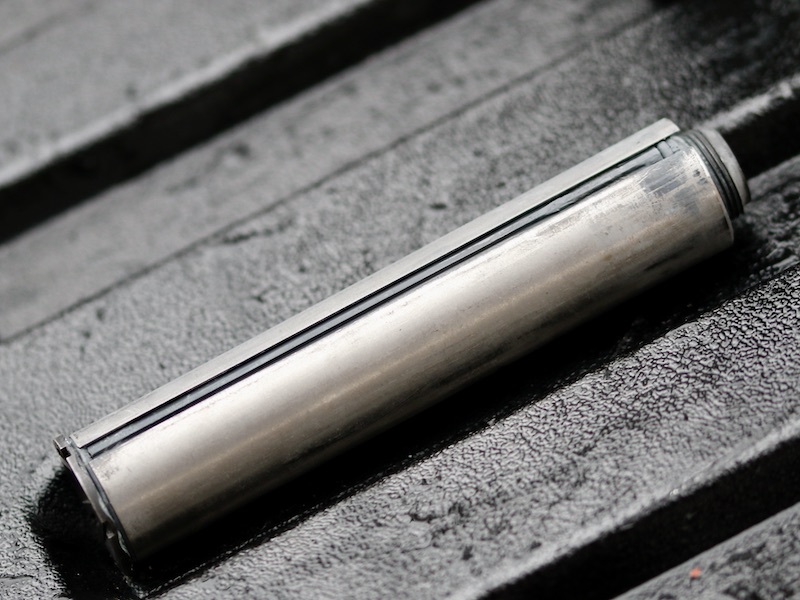
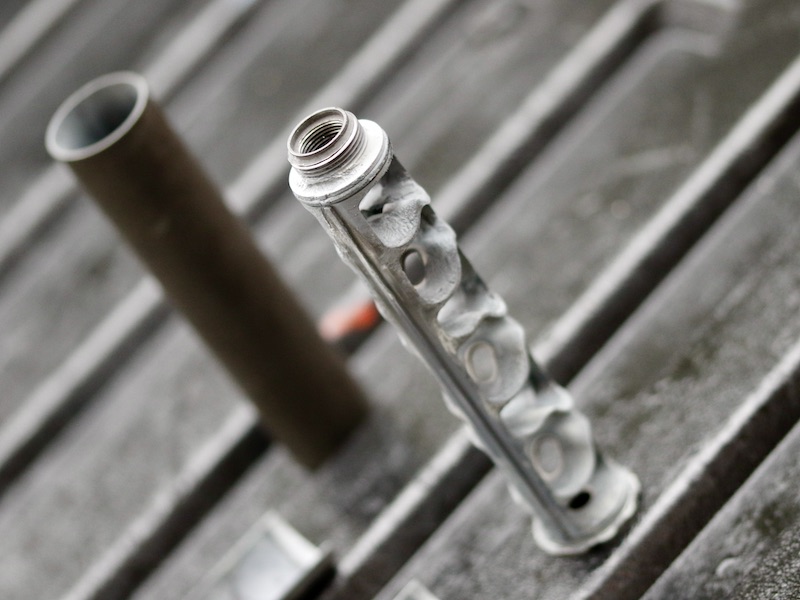
I avoided cleaning it for a long time, against manufacturer’s recommendation. Years, in fact. I’d take it apart, and the fouling inside would be cementing to the liner walls in the same pattern as the baffles. I’d wipe down parts, but it wasn’t easy to tackle the fouling, so I ignored it.
The first time I did, I had to do some serious scraping. The stainless is much harder than the mix of lead and gunk inside, so it isn’t all that difficult to chisel it off. I typically use an old pocketknife that I don’t mind getting really dirty. After, I soak it in some solvents and brush it with a brass brush. If you get into cleaning a Sparrow, or any rimfire can, you’re going to find a lot of lead. The solvents keep the dust down; wear a respirator.
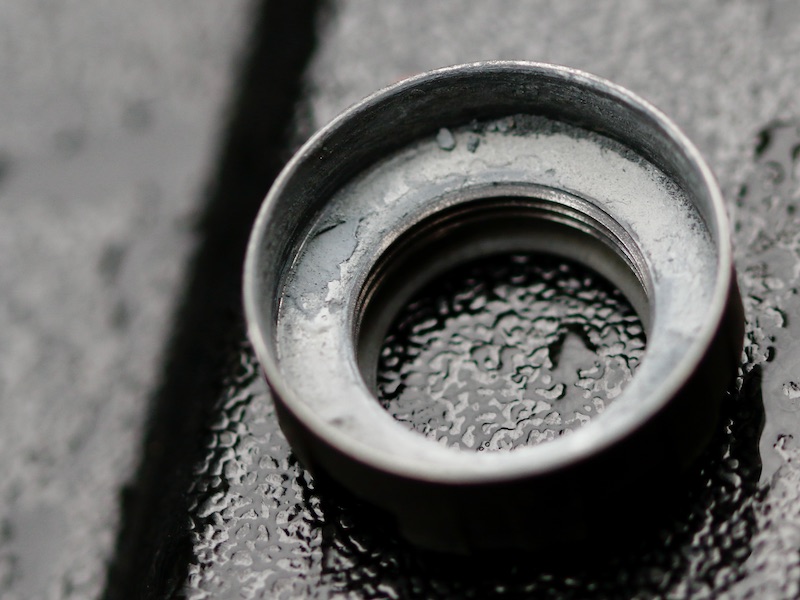
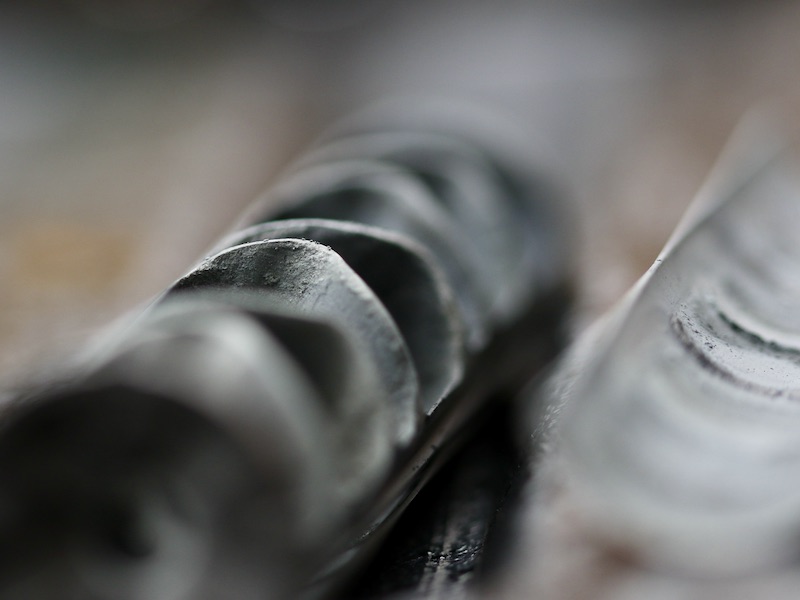
After a decade of use (and maybe a bit of neglect), the Sparrow is still in solid working order. Heat on metal can cause warpage, and these stainless inner liners heat and expand inside the outer tube. The pieces still go together, but they require a bit more force to get them stacked completely. Odds are, a bath in ultrasonic cleaner or some time in a rotary tumbler might get some of what I’m missing.
Alignment on the threads is still perfect. In all this time, I’ve yet to have a baffle strike. Even the threads are unmarred. That’s an accomplishment for something that is threaded and unthreaded constantly. The 1/2×28 threads still lock tight on every new barrel I wrench this can on.
In all of this time, I’ve had far more issues with the host platforms than I’ve had with the SilencerCo suppressor. I paid for the Sparrow 22, and the $200 tax stamp, wondering if I’d ever really see a return on the investment. Now I see this as one of the most indispensable accessories in the safe. And even with all of the other cans I own, this remains my favorite.


